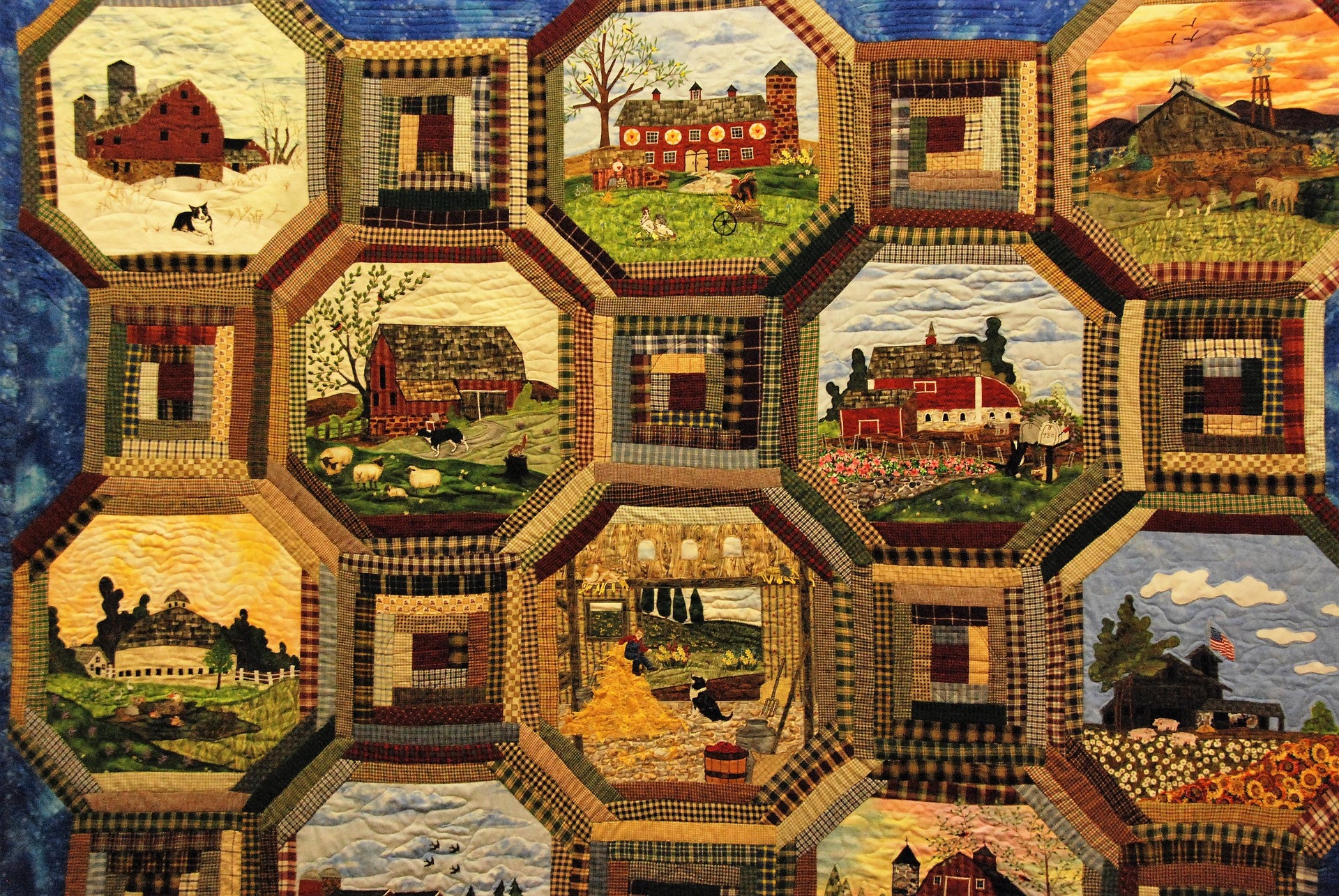"Dissecting the Phenomenon of Virtual Reality in Performing Arts"
Gone are the days when the arts were confined to paint on canvas or actors on a stage. Today, technology has begun to play a starring role, with virtual reality (VR) reshaping the way we create and consume art. In this article, we delve into the phenomenon of VR in the performing arts, exploring its origins, recent developments, and profound impact on artistic expression and audience experience.

Origins and Evolution of VR in Performing Arts
Virtual reality first made its appearance in the performing arts in the late 20th century, an era marked by rapid technological advancement. The concept of immersing oneself in a digitally created environment seemed like a far-fetched idea at the time. However, as technology evolved, so did the possibilities for creative expression. Artists began experimenting with VR, leading to its eventual incorporation into various art forms, including theatre, dance, and music.
A New Era: VR in Today’s Performing Arts
In recent years, the use of VR in performing arts has surged, fueled by technological advancements and a growing acceptance of digital platforms. Pioneering artists and creative institutions are using VR to push the boundaries of performance. They’re crafting immersive experiences that transport audiences to different worlds, allowing viewers to participate in the narrative actively rather than passively.
The Impact on Artistic Expression and Audience Engagement
The introduction of VR to the performing arts has revolutionized how artists express their visions and how audiences engage with performances. With VR, artists have an entirely new medium at their disposal, capable of creating multi-sensory experiences that transcend the traditional boundaries of a stage.
Meanwhile, audiences are no longer mere spectators. VR empowers them to become active participants in the performance, altering their perception of the art and deepening their emotional connection to it.
Controversies and Challenges
Despite its potential, the integration of VR into performing arts has sparked debates. Critics argue that it disrupts the shared communal experience intrinsic to live performances. Others point to the high costs of VR equipment, which can make these performances inaccessible to many.
Looking Ahead: The Future of VR in Performing Arts
Given the current trajectory, it’s clear that VR will continue to play an integral role in the future of the performing arts. As technology continues to evolve, we can expect even more immersive, interactive, and innovative VR performances. However, the industry will need to address the ongoing challenges to ensure this digital revolution enhances, rather than detracts from, the magic of the performing arts.
VR’s integration into the performing arts is a testament to the boundless potential of artistic expression. As we stand on the cusp of this new era, one thing is clear: the performing arts, as we know them, will never be the same again.




